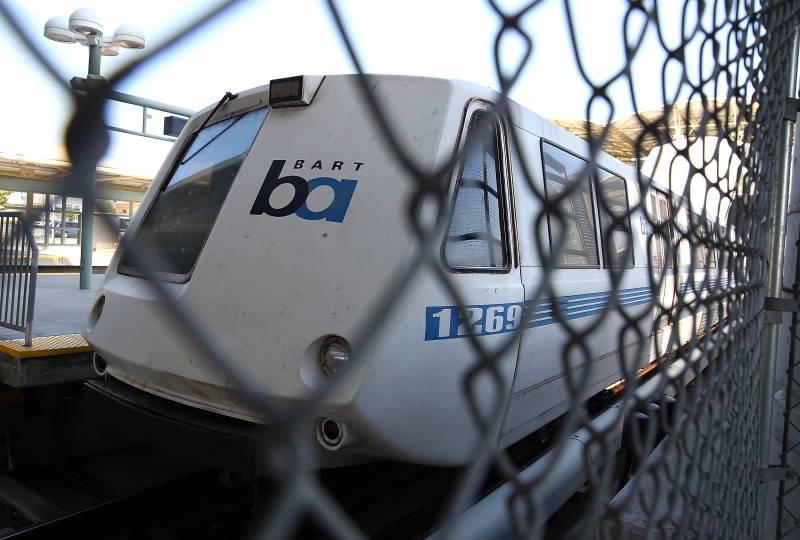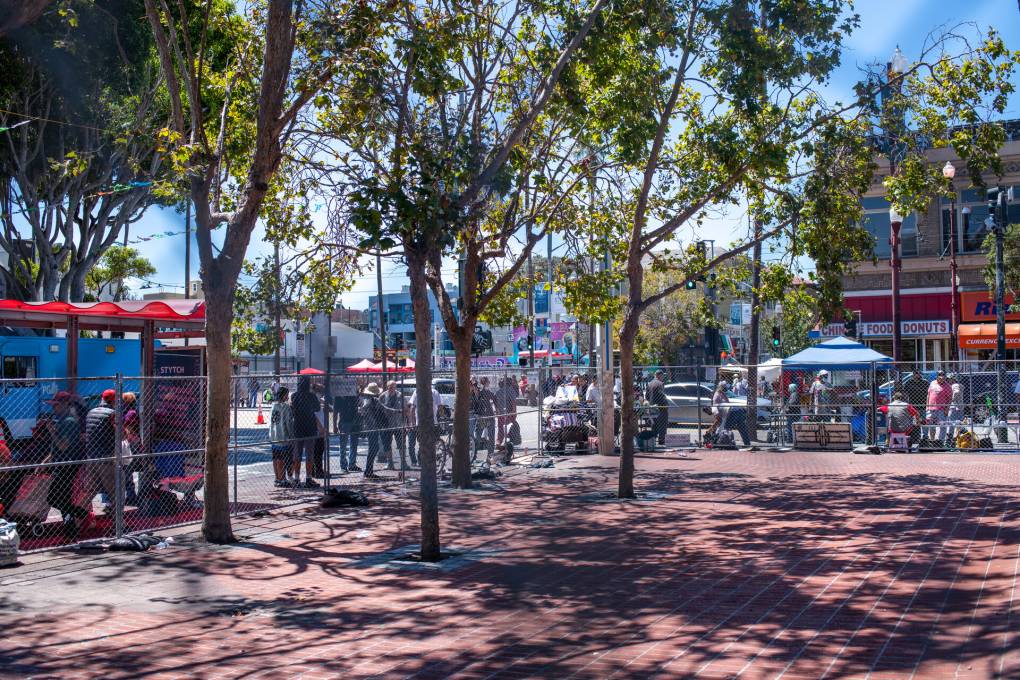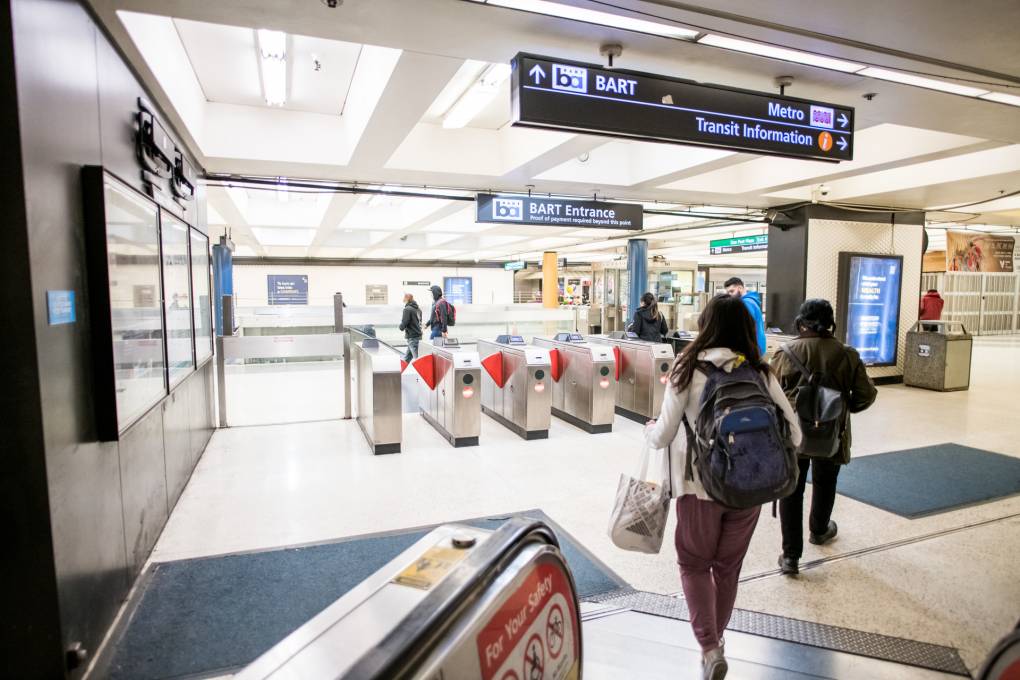“Anybody who’s using Clipper automatically will get the discount every time they go through the fare gates,” says BART spokesperson Chris Filippi.
How to get 50% off BART during September
The discounted September fares are only available with the use of a Clipper card. If you purchase a paper ticket, you won’t see the 50% discount.
BART’s details of the September promotion say that Clipper is currently offering free Clipper cards when you add a new card in Apple Wallet or Google Pay. You can also order a Clipper card online at clippercard.com free of charge, and set up the card for automatic reloading. If you want to buy a Clipper card in person from a vending machine in a BART station, the one-time fee is $3.
If you already get discounted BART fares, BART says the September 50% fare discount is “stackable” with other Clipper discounts. These existing discounts include fare reductions that are available to youth, seniors, disabled riders and lower-income adult riders, including Regional Transit Connection, Clipper Start, and Gator Pass riders.
This means that if you have, say, a youth Clipper card (available for BART riders age 5 to 18), which regularly gets you 50% off your BART journeys, you’ll get another 50% off your usual discounted prices during September.
After a rocky two years, an anniversary
This is the second time that BART has implemented a month-long price reduction, after the first 50%-off promotion in September 2021. Filippi says that while BART ridership experienced “a bit of a jump” during those weeks, “it was hard to directly attribute that to the discount” and that the 2022 repeat of the promotion is more about celebrating the 50th anniversary of BART than attempting to meaningfully boost rider numbers.
“We want to thank our riders for riding us for all these many years, and if we get a bump in ridership, then that’s a bonus,” he says.
As for the repeat September timing, “certainly the anniversary is the main thing, because we launched service in September of 1972,” says Filippi. “But the other thing is, it’s really well timed with many students going back to school.”
The outbreak of the COVID pandemic hit BART’s ridership — and its budget — hard, an issue it shared with other Bay Area transit agencies including Muni.
While weekly BART ridership has been steadily climbing, it remains far below pre-pandemic levels, when weekly ridership was frequently over 2 million.
Big events, like San Francisco Pride, periodically boost BART ridership. The Golden State Warriors’ victory parade on June 20 gave the agency its highest ridership day since March 2020, before the pandemic.
While some Bay Area companies have continued to encourage (or enforce) a return to the office, the sheer number of people still working remotely means that BART’s commuter numbers remain affected. Filippi says that BART officials are in communication with Bay Area business leaders “to get the message out to those commuters through their businesses that BART is a great option for them to get back to the office when that’s something that they have to do.”
“We know for many folks, they’ve not ridden on a train for more than two years,” says Filippi. “We want them to know that we’ve hired additional cleaners, that we’ve hired additional safety personnel, and that we’ve improved our schedule. We’ve added service from where we were during the pandemic.”



